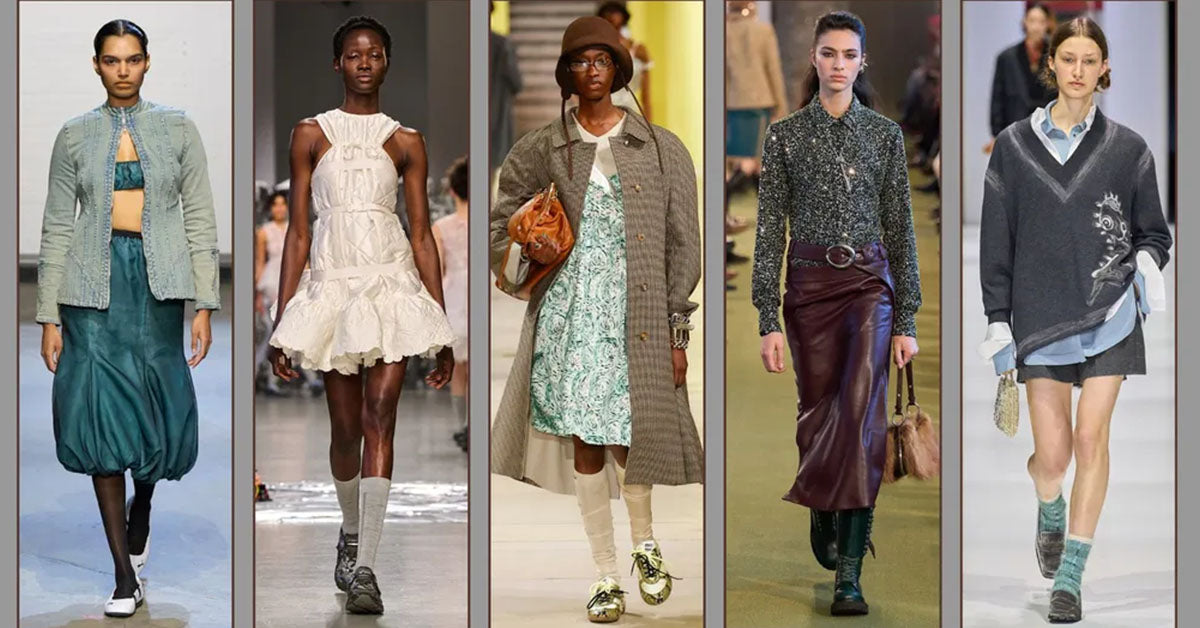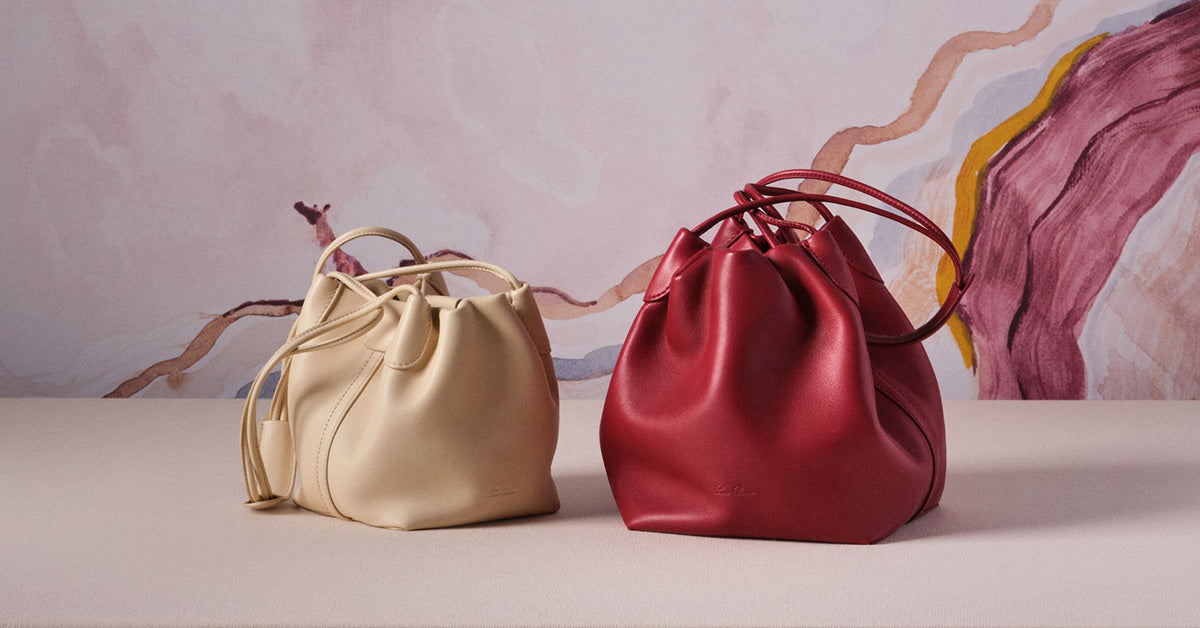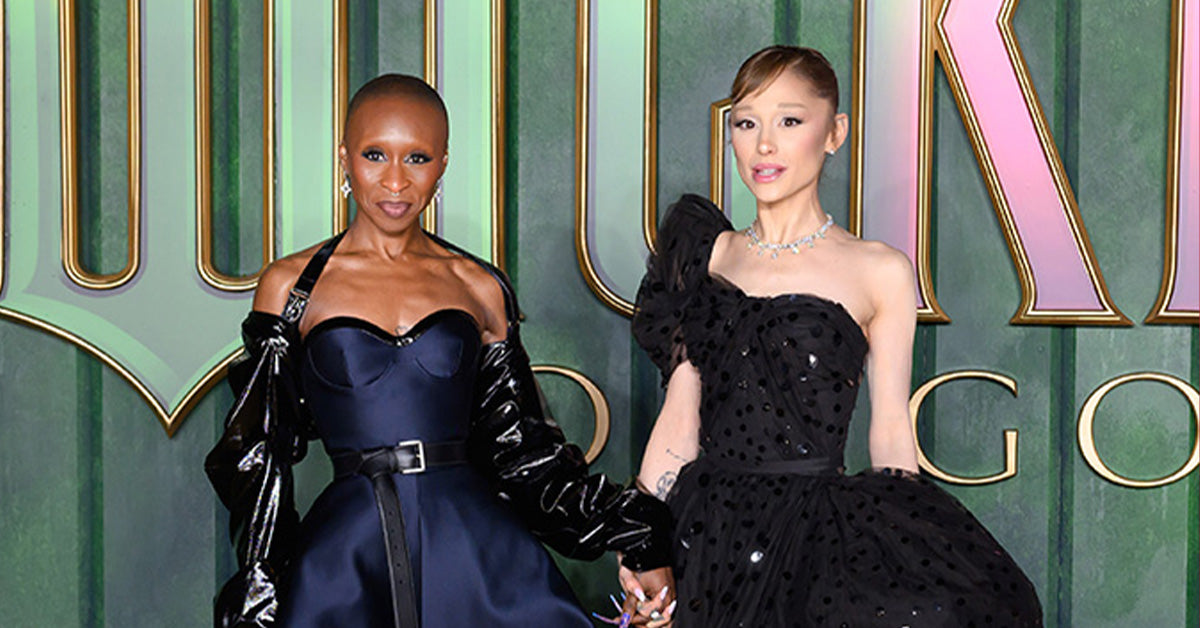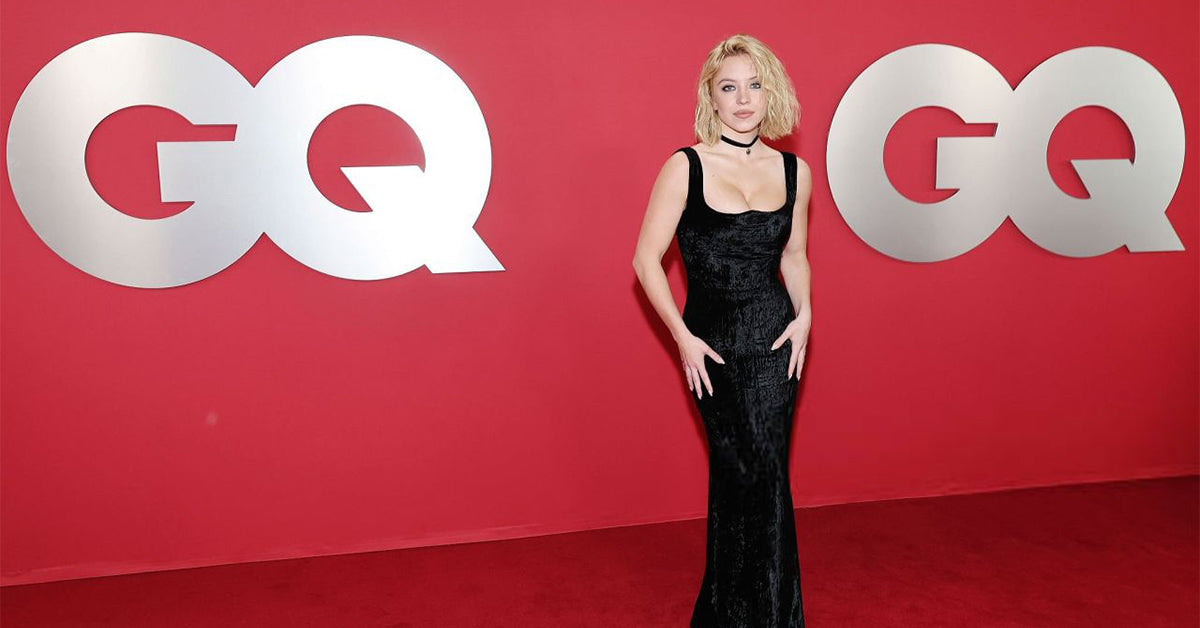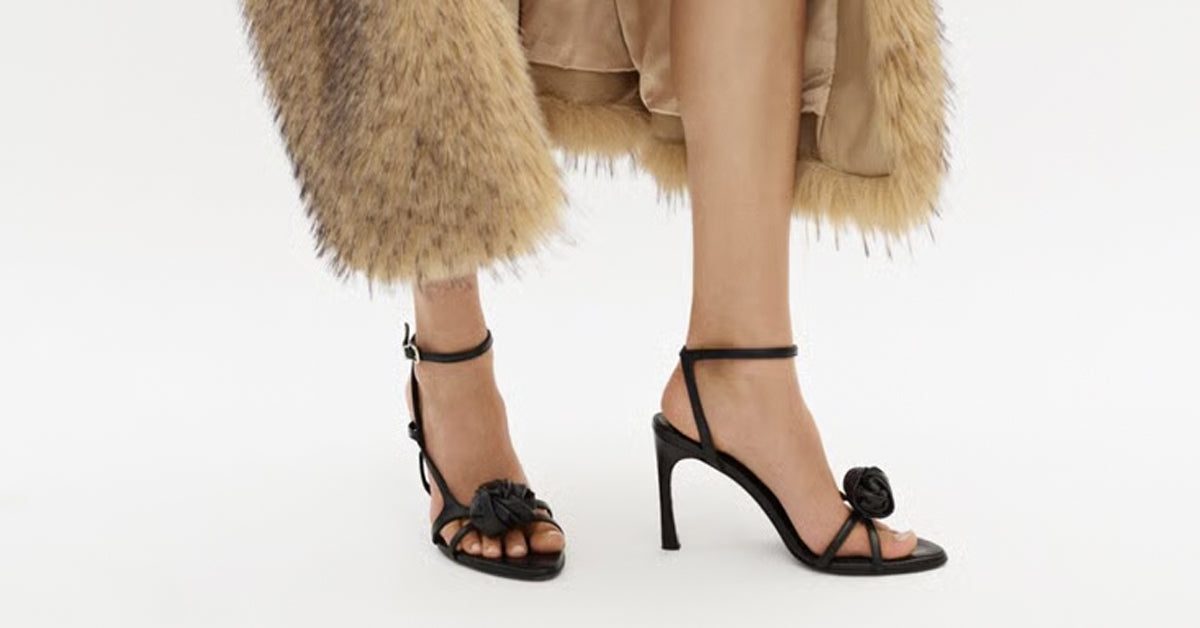Explore with AI & Follow Us
The Ao Dai is more than just a piece of clothing; it is a symbol of Vietnamese culture, elegance, and national pride. With its flowing lines and graceful form, the Ao Dai has captured the admiration of fashion enthusiasts, historians, and travelers alike. But what exactly is the Ao Dai, and why does it hold such a revered place in the world of fashion? In this detailed editorial, we unravel the story behind the Ao Dai, exploring its origins, design, evolution, and enduring significance in both traditional and contemporary settings.
The Definition of Ao Dai
The term Ao Dai (pronounced "ow yai") literally translates to “long shirt” in Vietnamese. However, this simple translation belies its intricate beauty and the cultural nuance it embodies. At its core, the Ao Dai is a traditional Vietnamese garment, typically worn by women, though there are also versions for men. It consists of a long, fitted tunic with high side slits, worn over loose-fitting trousers that reach the floor.
The Ao Dai is instantly recognizable thanks to its:
- Elegant silhouette: The garment hugs the body from the neck to the waist, then flows loosely to the ankles.
- High collar: Traditionally, the Ao Dai features a mandarin collar, adding to its regal appearance.
- Side slits: The slits run up to the waist, allowing for graceful movement and a hint of sensuality without revealing too much.
- Long sleeves: The classic Ao Dai has fitted sleeves, further accentuating the wearer’s form.
Origins and Historical Evolution
The origins of the Ao Dai can be traced back to the 18th century, during the Nguyen Dynasty. Early forms were inspired by the “ao tu than” (four-part dress) and the attire of the Cham people, which were then adapted and refined by Vietnamese royalty and nobility.
Over the centuries, the Ao Dai has undergone several transformations, reflecting influences from both Eastern and Western fashion. Its most significant evolution occurred in the 1930s, when Vietnamese designers like Cat Tuong (Le Mur) introduced a modernized version of the Ao Dai, incorporating French tailoring techniques that emphasized a slimmer fit and more structured form.
- Pre-20th Century: Looser, simpler versions with minimal tailoring, often layered for practicality.
- 1930s: The “Le Mur” Ao Dai introduced a more form-fitting and stylish cut.
- 1950s-1970s: The Ao Dai became a symbol of feminine beauty, with vibrant colors and flowing fabrics gaining popularity.
- Modern Day: The Ao Dai continues to evolve, with designers experimenting with materials, patterns, and cuts while retaining its iconic silhouette.
Cultural Significance of the Ao Dai
The Ao Dai is much more than a fashion statement; it is a reflection of Vietnamese identity and cultural heritage. It is worn during important national events, festivals, weddings, and graduation ceremonies. In many Vietnamese schools, female students wear white Ao Dai as a uniform, symbolizing purity, virtue, and respect for tradition.
In Vietnamese art, literature, and cinema, the Ao Dai is often used to convey themes of beauty, resilience, and nostalgia. It stands as a testament to the enduring spirit of the Vietnamese people, adapting gracefully through times of change and modernization.
Design Elements and Variations
While the classic Ao Dai remains timeless, contemporary interpretations offer a diverse range of styles. Key design elements include:
- Fabric: Traditionally made from silk, modern Ao Dais use a variety of materials such as lace, velvet, and chiffon.
- Color: White is associated with youth and innocence, while red symbolizes luck and prosperity, especially at weddings. Contemporary Ao Dais feature vibrant colors and intricate patterns.
- Embroidery: Many Ao Dais are adorned with hand-embroidered motifs, such as lotus flowers, cranes, or traditional Vietnamese landscapes.
- Trousers: These are typically wide and made from matching or contrasting fabric, designed for both style and comfort.
- Accessories: The Ao Dai may be paired with traditional headwear, such as the non la (conical hat) or khan dong (turban).
The Ao Dai in Contemporary Fashion
The Ao Dai’s appeal extends far beyond traditional ceremonies. Today, it is embraced by fashion designers both in Vietnam and internationally, who reinterpret the garment for modern runways and red carpets. Celebrities, artists, and even political figures have donned the Ao Dai, celebrating its elegance and versatility.
Modern Ao Dais may feature:
- Shorter hemlines or asymmetrical cuts
- Innovative fabric choices, such as denim or metallics
- Minimalist, Western-inspired details
- Bold prints and artistic graphics
Despite these creative updates, the Ao Dai never loses its essential grace. Its ability to adapt while maintaining its core identity is a testament to its lasting influence in both Vietnamese and global fashion landscapes.
Why the Ao Dai Remains Timeless
The Ao Dai’s enduring popularity can be attributed to several factors:
- Flattering fit: The tailored silhouette flatters many body types, exuding both modesty and allure.
- Cultural pride: Wearing an Ao Dai is a way to express connection to Vietnamese heritage.
- Adaptability: Its design can be personalized for various settings, from formal events to everyday wear.
- Symbolism: The Ao Dai encapsulates the grace, resilience, and elegance of Vietnamese women.
The Ao Dai is not merely a relic of the past but a living, evolving garment that continues to inspire and captivate. For anyone interested in fashion, culture, or history, understanding the Ao Dai is key to appreciating the rich tapestry of Vietnamese artistry and identity.
Frequently Asked Questions about Ao Dai
-
1. What does Ao Dai mean in English?
The term "Ao Dai" translates to "long shirt" in English, referring to its elongated tunic design.
-
2. When is the Ao Dai typically worn?
The Ao Dai is commonly worn during festivals, weddings, formal occasions, and as a school uniform for girls in Vietnam.
-
3. Can men wear Ao Dai?
Yes, there are traditional Ao Dais designed specifically for men, often with less form-fitting cuts and more subdued colors.
-
4. What fabrics are used to make Ao Dai?
Traditional Ao Dais are made from silk, but modern versions may use lace, velvet, chiffon, or other contemporary fabrics.
-
5. How has the Ao Dai evolved over time?
The Ao Dai has evolved from loose, practical garments to highly tailored, stylish pieces, incorporating both traditional and modern influences in design and materials.
Explore with AI & Follow Us


